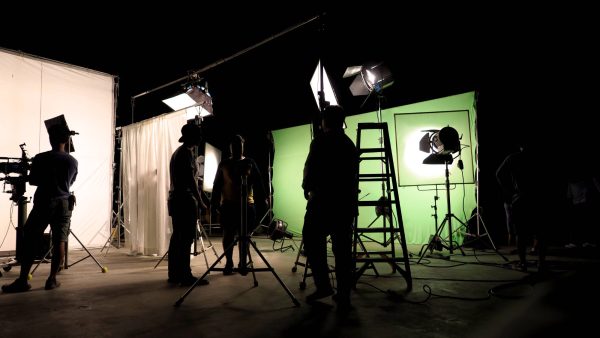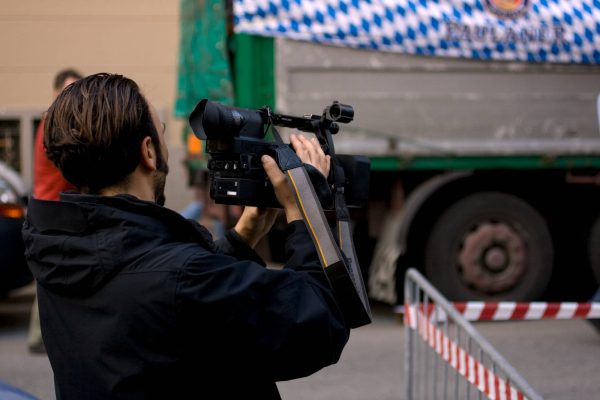While memorable performances in some films combine both acting and driving skills, the modern film industry often separates these roles for safety and specialisation. Most productions employ both skilled drivers for complex sequences and actors for close-up driving shots. However, both need appropriate qualifications.
Professional drivers must hold a full UK driving licence with an exemplary record. Beyond this, productions typically require advanced driver training similar to emergency service personnel. For actor-drivers who perform both roles, this training becomes even more crucial as they must manage both performance and vehicle control simultaneously.
Vehicle Control and Technical Skills
Unlike the dramatic one-take sequences seen in driver movies, professional film driving requires precise, repeatable manoeuvres. Drivers must hit exact marks repeatedly while maintaining specific speeds and angles for camera coverage. This demands exceptional vehicle control and spatial awareness, whether performing complex stunts or creating the illusion of everyday driving for character scenes.

Working with Cameras and Performing
When actors are required to drive, productions often use specialised camera vehicles or green screen technology. This allows actors to focus on their performance while ensuring safety. However, some productions, particularly those featuring driving as a central element, may require actors to undergo additional driver training to perform certain sequences authentically.
Safety Protocols and Risk Management
Safety remains paramount in all driving sequences. Each scene must be meticulously risk-assessed, with clear protocols established. This is particularly important when combining acting and driving elements, where the pressure of performance must never compromise vehicle control and safety standards.
Specialist Vehicles and Technical Considerations
From iconic taxicabs to high-performance vehicles, film drivers must master various vehicles’ unique handling characteristics. This often requires significant familiarisation time before filming begins. For period productions, experience with vintage vehicles becomes particularly valuable.
Environmental and Production Challenges
Weather, lighting, and location constraints all affect driving sequences. Professional drivers must maintain consistent performance across multiple takes while adapting to changing conditions. This might mean advising production when conditions become unsuitable for certain sequences.

Career Development and Opportunities
Many film drivers start in supporting roles, such as picture vehicle coordination or precision driving for background action. For those interested in combining acting and driving, starting in either discipline and gradually developing skills in the other can provide a pathway to more complex roles.
The successful integration of driving and performance skills has created some of cinema’s most memorable sequences. However, whether working purely as a driver or combining driving with acting, the focus must always remain on safety and technical proficiency first, with the artistic elements building upon this foundation.
